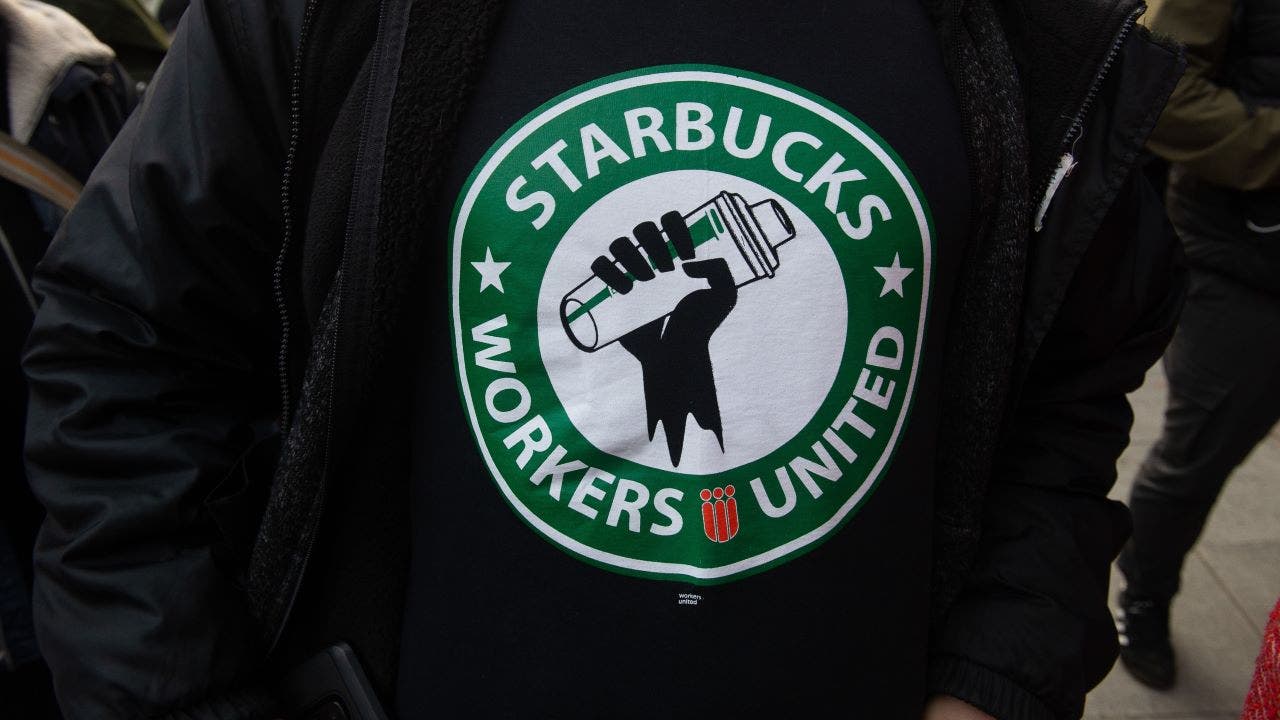Starbucks Workers Strike Over New Dress Code Policy Affecting Thousands
Over 1,200 Starbucks workers initiated a strike against a new dress code, claiming it worsens staffing and contractual issues while the company insists it's a minor disruption.
Subscribe to unlock this story
We really don't like cutting you off, but you've reached your monthly limit. At just $5/month, subscriptions are how we keep this project going. Start your free 7-day trial today!
Get StartedHave an account? Sign in
Overview
Starbucks' new dress code requires employees to don solid black shirts and specific bottoms, provoking strikes at 75 stores as over 1,000 workers demand collective bargaining. The union claims the change should have been negotiated and highlights staffing issues exacerbated by the dress code. Despite the protests, Starbucks maintains that less than 1% of stores are affected, emphasizing ongoing operations and urging the union to focus on finalizing contracts. Critics argue that the policy distracts from critical staffing and wage concerns, with some workers expressing financial strains due to higher clothing costs.
Report issue

Read both sides in 5 minutes each day
Analysis
- The new dress code is part of Starbucks' strategy to create a cohesive brand image, while still facing criticism from employees who argue that it is not the main concern affecting their work environment.
- The union claims the dress code policy was enacted without proper negotiation, and they stress focusing on more pressing issues like staffing, pay, and working conditions instead of dress code.
- Starbucks maintains that most of its locations are operating normally, downplaying the strike's impact and suggesting that the union should return to the negotiating table for better contract agreements.
Articles (3)
Center (2)
FAQ
Approximately 100 stores have been affected by the strike.
The strike is primarily due to the company's unilateral decision to implement the new dress code without union negotiation, which the union claims exacerbates existing staffing issues and financial burdens on workers.
Starbucks maintains that the strike affects less than 1% of its stores, and most locations continue to operate normally.
History
- This story does not have any previous versions.

